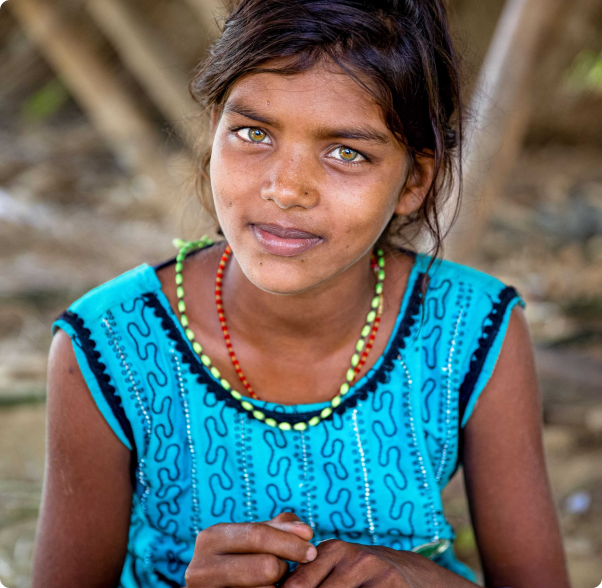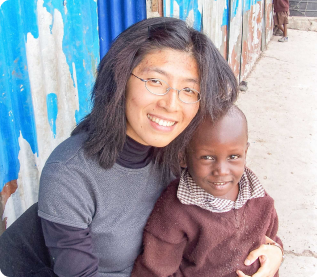Summary
The South American nation of Chile is enveloped in the world’s driest desert – the Atacama – kissed by the breezy tropical weather in the central region, and covered in glaciers, fjords, and lakes in the cool, damp south. The Republic of Chile borders the South Pacific Ocean, and lies between Argentina and Peru. The rugged Andes Mountains in the eastern region paint the landscape with snow covered peaks. With notable exception, Chile has remained relatively free of coups and unjust governments that have often plagued the rest of the continent.
In 1973, General Pinochet led the nation’s only bloody coup, leaving more than 3,000 people dead and missing; he reigned for 17 years until a president was freely elected. Today, Chile has a market-oriented economy renowned for stable financial institutions and secure policy. Differing from the agricultural and mining focused economies of other Latin American countries, Chile has focused more heavily on manufacturing. Nonetheless, copper exports make up one-third of the government’s revenue. Chile boasts Latin America’s fastest growing economy despite the financial crisis of 2008.
Catholicism was disestablished as the state church in 1925, however its influence is still strong, and 70% of people identify with the faith. Despite this, only 13% of Catholics regularly attend mass, and the society is moving further from traditions of the past. Social mores in areas such as divorce and cohabitation are becoming increasingly liberal, while crime, drug abuse, and materialism are also on the rise. One out of seven women is a mother by the age of 14. During the political unrest under Pinochet, the Church in Chile earned a stigma by ignoring the people in their time of need. While many, especially the wealthy, are identifying with Pentecostals, the movement is rampant with disunity; 1,200 groups have been formed out of once-unified organizations.




